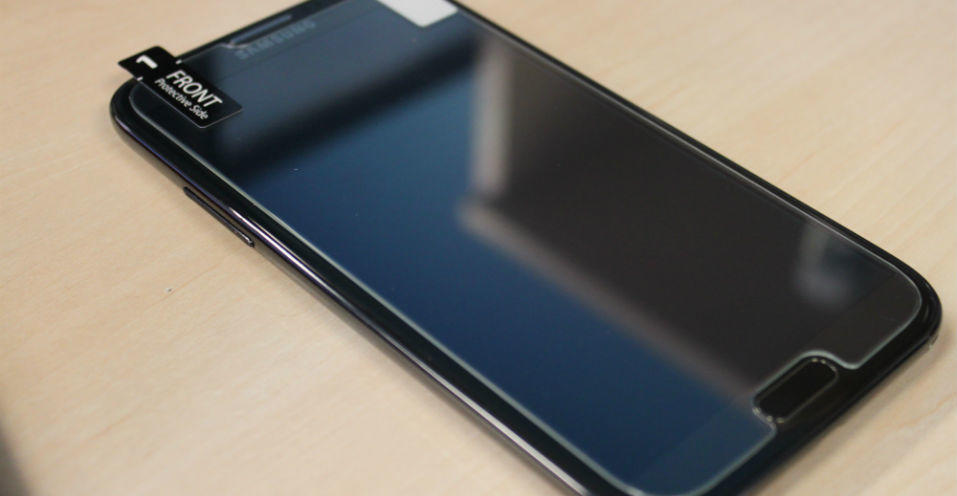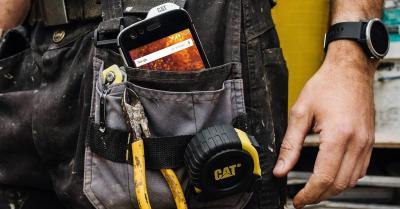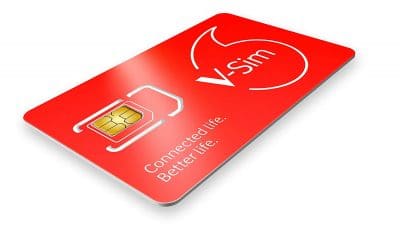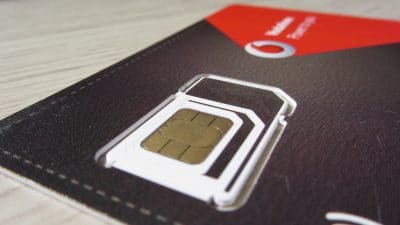The Best Screen Protectors For 2020: Glass vs Plastic – Which Should You Buy
A new smartphone represents a pretty big investment. Whether you’re spending a couple of hundred pounds, or upwards of a thousand, you’re going to want to protect that new phone as best you can. One of the easiest and most basic ways to protect your device is by using a screen protector. A scratched display can not only make a phone look bad, but it can also impede functionality, meaning a screen protector is a must. And you have lots of choices, which is why we’re here to tell you all you need to know about screen protectors.
Table of Contents
Do I Really Need a Screen Protector?

In a word, yes. Well, probably. That display is by far the most fragile and sensitive part of your phone, so protecting it should be a top priority. You might think that you’re going to be careful, but the truth is that most of us shove our phones into a pocket or a bag at some point, and scratches happen. And if you should drop your phone then that screen might still crack, but with a protector applied it won’t shatter, meaning you can replace just the screen rather than the entire phone.
We’ll be honest and say that the situation has got better. With the advent of Gorilla Glass displays, phone screens are tougher than ever before and there are lots of rugged devices now that give even more protection. But even a top end Gorilla Glass screen can still get scratched. And let’s get real here for a second: you’ve just dropped hundreds of pounds on a phone, are you really willing to risk damaging it for the sake of spending a few pounds on a screen protector?
The Caveat:
There is one caveat to the above though. Some top end phones nowadays ship with screen protectors already applied. Many top end Huawei phones, as well as OnePlus devices, for example, come with screen protectors installed. If this is the case then no, you don’t need to get a screen protector. It’s better if you don’t remove the pre-installed protector unless you really have to, and installing another protector over the one that’s already there will probably mean that your touchscreen won’t work!
What Are My Options?
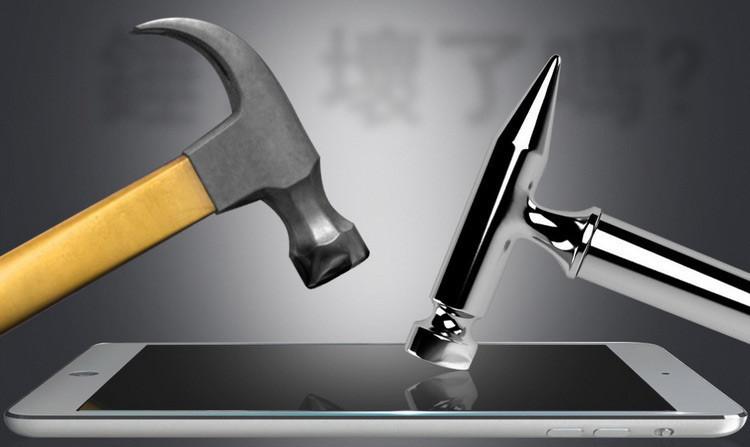
You probably have more options for screen protectors than you imagine. There are currently four main types of protector available, each with its pros and cons:
Tempered Glass
Tempered glass screen protectors are the original, and they have some pretty good advantages. If you’re looking for the toughest protection that you can get, then tempered glass is the way to go. There’s a price to pay for that toughness though, quite literally. Glass screen protectors tend to be more expensive than plastic. Plus, because they’re thicker they’re also more noticeable, by eye and by touch. You’ll need to be careful about sizing too since glass protectors can’t be cut to fit in any way.
Pros: Super durable, the best level of protection you can get in terms of scratching and dropping
Cons: Thicker and more noticeable, and also more expensive than plastic for the most part. Can’t be trimmed to size.
Best For: Those that need serious protection. If you frequently take your phone outdoors or know that you’re not especially careful with it, then a glass protector is a good plan.
WARNING: Be aware that a glass screen protector will NOT work with an in-display fingerprint reader. If you have one of the few phones that feature a fingerprint reader under the display itself, you’ll need to avoid tempered glass protectors!
PET (Polyethylene terephthalate)
PET is a kind of plastic and is probably the most common kind of screen protector that you see. It’s not as durable as glass, but it does have some advantages. PET protectors are generally pretty cheap, and they’re also light and thin, meaning that they’re a lot less noticeable on your phone (the reason that most people prefer them). However, PET isn’t terribly flexible, meaning that a PET protector won’t be able to cover all of a curved screen (as seen on some Galaxy and iPhone models). Some people don’t mind this, and use a PET protector on the flat part of the screen, leaving the curved edges unprotected.
Pros: Cheap, thin and light, making them less noticeable.
Cons: Not as durable as glass, and not flexible enough to cover the edges of curved screens.
Best For: The everyday user who probably doesn’t need super protection such as you’d get from a glass protector. Those on a budget.
TPU (Thermoplastic Polyurethane)
TPU is another kind of plastic, and this is the oldest kind of screen protector. A TPU protector is fiddly to install, you’ll need to use a special spray before laying the plastic over and then “combing” out all the little bubbles that appear. It also doesn’t look great, leaving a shimmer over the surface of your phone. There are pros though. TPU gives you better protection than PET (though not as good as glass), it’s very flexible, meaning it can cover even curved screen displays, and it even “self heals” over smaller scratches. Plus, it’s pretty affordable too. If you’re willing to put up with the pain of installing it, a TPU protector could be a good choice.
Pros: Flexible enough for curved screen phones, gives good protection, affordable, and can self heal.
Cons: Very fiddly to install, gives a strange look and feel to your screen.
Best For: Those patient enough to install it, those with curved screen displays that want full protection.
Nano Liquid
Right of the bat, we’ll say that we’re not fans of nano liquid protection. This is a liquid that you wipe over the screen of your phone, which means installation is easy. However, nano liquid protection really doesn’t give much protection at all. The thinness of the coating means that scratches can still get to the glass itself, rendering the treatment useless. Also, you can’t remove it once it’s on, meaning you can’t replace it with something else if it’s not working for you. Plus, this stuff is expensive.
Pros: None, really.
Cons: Expensive, really doesn’t provide protection, can’t be taken off and replaced.
Best For: We really don’t recommend nano liquid protection for anyone.
What Should I Be Looking For?
If you’re looking at screen protectors, there are a few things that you’ll want to keep in mind while you’re shopping:
Cost
Obviously, cost is going to be a factor, and there is a wide range when it comes to screen protectors. You can spend as little as a pound or so, all the way up to more than a hundred. Glass tends to be the most expensive option, but you’ll find a variety of costs even within that bracket. Give yourself a budget and stick to it, is our advice.
Durability and Protection
You’re looking for the best protection money can buy, and remember that glass protectors tend to be the toughest. But you’ll need to weigh up protection against other things, like thickness and affordability. In general, the thicker a protector is, the more durable it will be and the better protection it will give.
Installation
Installation can be fiddly, especially if you’re going for a TPU protector. Look at the instructions before buying so you know exactly what you’re getting into. Generally, the thinner a protector is, the more difficult it will be to install. Glass is usually the easiest installation process.
Thickness
Protectors come in all kinds of thicknesses, though they’re not as thick as they used to be. Generally, glass protectors are thicker than plastic. The thickness of a protector can affect how your screen looks, so keep that in mind. However, extra thickness usually means better protection.
Feel
You’ll also want to think about how your phone screen is going to feel under your fingers. You might think that thicker protectors feel worse, and you could be right in terms of different thicknesses of plastic. However, a thicker glass protector tends to feel better than plastic, simply because your finger “glides” better over the surface. Plastic protectors usually mean needing to press a little harder and losing a little smoothness.
Extra Features to Look For
As well as your initial concerns, you should also keep an eye out for a few extra things that could affect your buying decision:
- Oleophobic Coating: Some glass protectors come with an oleophobic coating that helps repel grease from your fingers. This can help keep your screen cleaner and prevent smudges. It’s not necessary, but it could be nice to have.
- Tempered Glass: Do make sure that any glass protectors you’re considering are tempered glass and not just glass. Tempered glass is shatter-proof, regular glass is not!
- Sizing: Finally, watch out for sizing. Trimming down a protector for size is fiddly and not recommended, and in the case of tempered glass, isn’t possible. You want a good fit, so ensure that the protector you choose is designed for your phone model.
Which Brands Should I Look At?
Now that you know more or less what you’re looking for, you’re in a position to start shopping. And we’ve got some brand recommendations for you to ensure that you’re getting a great product!
How We Chose
Before we get to our recommendations though, let’s take a second to talk about how we decided which brands should go on our list. We looked at product quality and range, of course, as well as pricing and customer reviews. Plus, we use some of these products ourselves, and since we spend most of our time around mobile experts, techs, and users, we got plenty of professional feedback as well!
So, now on to some brand recommendations for great screen protectors!
Spigen

Spigen is an American company that makes a wide range of phone accessories. They don’t have the biggest range of screen protectors, though they tend to have both glass and PET protectors for most major models. Prices are affordable too, so if you’ve got a big name phone, you might want to make Spigen your first stop.
Orzly

Orzly is a British company that specializes in protecting electronic devices. They tend to focus more on glass protectors, though there are a few plastic versions available. Prices are competitive, but one nice thing about Orzly is that they offer packages for various phone models, allowing you to get a protector, case and other accessories all in one box, for one low price. Handy if you have a new phone to take care of. Again though, they tend only to deal with big-name models, so if you’ve got an unusual device then Orzly probably isn’t for you.
Otterbox

Otterbox are a big name in mobile protection and offer some of the most rugged phone accessories around. They have a range of glass screen protectors that are extremely robust, though again they only cater to big-name models. Prices with Otterbox aren’t the cheapest around, but you’re paying for extra rugged protection, so the cost could be worth it.
Tech Armor
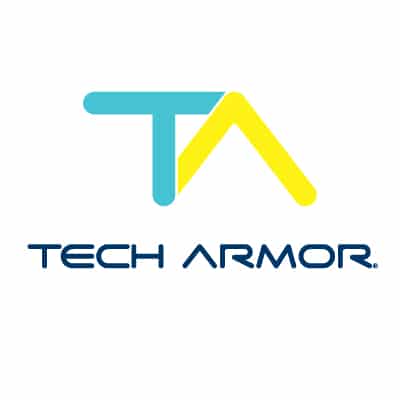
Tech Armor are a US company (you can buy through Amazon UK) that offer fantastic screen protectors. If you’re looking for PET protectors, in particular, Tech Armor is a good choice. They offer lifetime warranties and a money back guarantee on their protectors, and they have a solid range covering most major models. Prices are on the high end of average, but still pretty affordable.
IQ Shield

TPU protectors can be a little harder to find these days, but IQ Shield does offer quite a variety if this is what you’re interested in. You’ll need to buy through Amazon, and they don’t cater to all models, but they are affordable and not as fiddly to install as some TPU options.
Zagg

Zagg offers three different kinds of screen protector, including a TPU film and a tempered glass option, for most major models. You’ll be paying a premium price, protectors here don’t come cheap, but they are some of the best and most rugged around. You do also get a lifetime guarantee with all Zagg protection products, so no worries about replacements.
amFilm

amFilm are a small company, and again you’re going to need to check out their products for your model of phone using Amazon to get UK shipping. They don’t have a huge range, and they don’t cover a huge range of models either. But if you’re lucky enough to find an amFilm protector for your phone model you’ll be getting the most cost-efficient and robust glass protector that there is. In terms of affordability for tempered glass, amFilm is tough to beat.
Honourable Mentions
There are a few other brands that we should mention here as well, though more for specific products than for the brands themselves. The Ringke Invisible Defender series of plastic protectors are excellent and affordable if you can find one to fit your phone model. Skinomi TechSkin is also a great budget choice, but again model options are limited. AquaShield, Supershieldz, and Vigeer all also offer thin yet strong protection, with a limited number of models supported.

